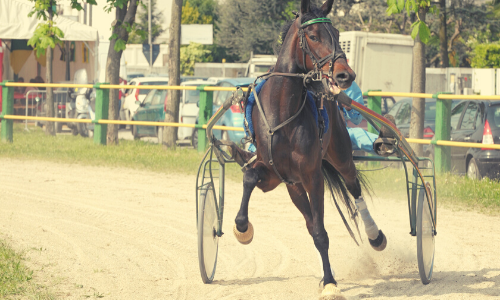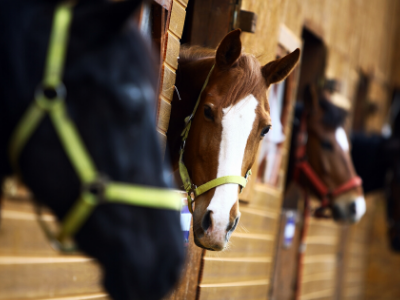Probably one of the most famous scenes action in the history of cinema is a vibrant chariot race in Ben-Hur. It is so spectacular that it can give us an idea of why that was the favorite sport of the Romans, who not only enjoyed contemplating the races but betting on their favorite charioteers and, sometimes, even ended up fighting in the stands in a true precedent of The worst face of current football.
We know that these competitions were developed according to more or less common rules throughout the empire, but finding a true regulation is a fortune that delights archaeologists and historians. This is what has happened in Beyşehir, a district in the Turkish province of Konya, where a tombstone dated a couple of millennia ago has appeared and has the rules of the races that took place at the racecourse inscribed.
Because the piece was next to a racecourse, in a funeral monument in memory of Lukuyanos, a Roman horseman who bore the nickname of El Guerrero and whose epitaph reads like this: “Lukuyanus the Warrior died before getting married. ” He is our hero. It is still curious because it seems as if he had been commissioned by his fan club, affected by his death in full youth before being able to get married, something that in ancient times was considered double misfortune, as explained by Professor Hasan Bahar of the Department of History of the University of Selçuk Konya.
This monument stands on the eastern border of Pisidia, an ancient region that extends from the current Mediterranean city of Antalya to the heart of Anatolia. An area where the Hellenistic civilization first and the Roman later took over from the Hittite, before they also passed by Byzantines, Seljuks, and Ottomans. All of them reused the classic racecourse for their own type of equestrian activities.
The tombstone found was next to an equine figure carved in the stone that decorated the grave of Lukuyanos, and that was known by the locals as the Rock of the horse. Bahar believes that the racecourse, probably built by the Hittites in honor of their mountain divinities but reused and reformed by the Romans, hosted not only races but also raised horses. But the really interesting thing is the text of the inscription.
And it is a regulation written in Greek that serves to demonstrate the appreciation that was once for the equestrian sport and, above all, the fair play that should prevail in its implementation. Thus, one of the rules prevents presenting a horse to a competition if one of the races has already been won, as well as another vein to the winning animal to repeat on the same day so that others also have their chance. They were definitely other times.





Comments